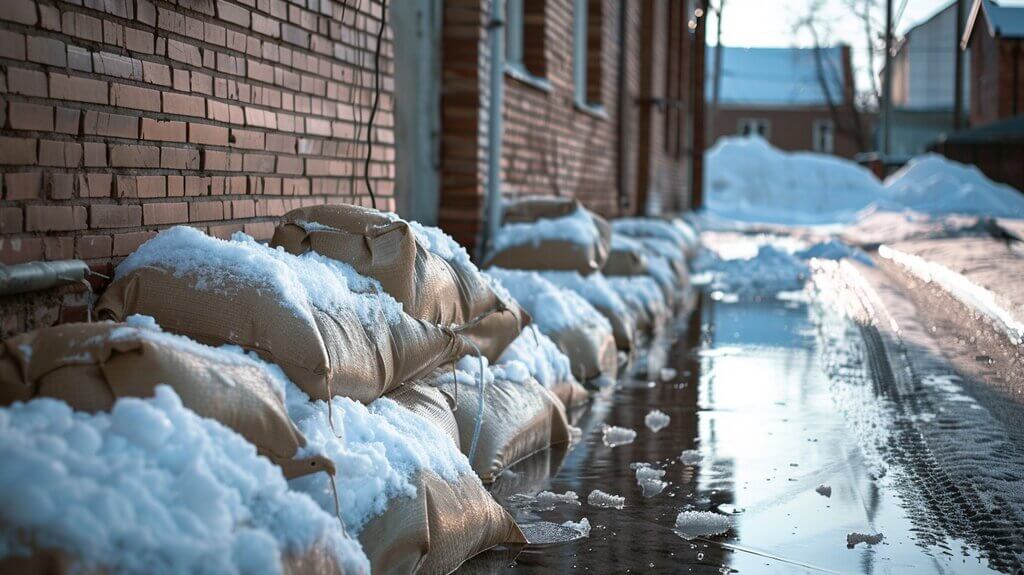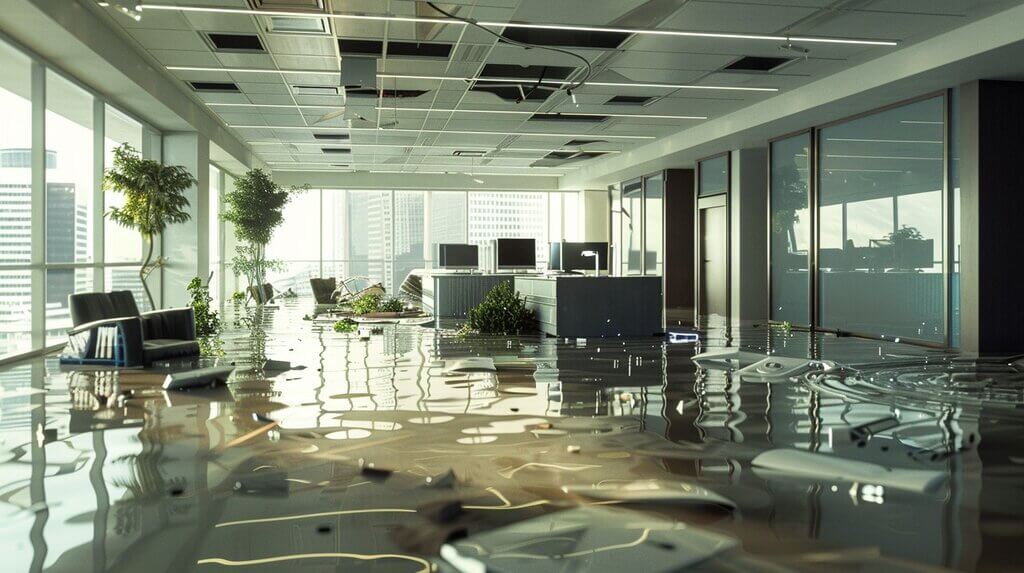Preventing Secondary Issues Resulting from Initial Flood Occasions
Introduction
Flooding can be among the most devastating natural catastrophes a property owner can deal with. The instant consequences of a flood typically results in substantial water damage, which can further intensify issues if not resolved quickly. Understanding the ramifications of flooding and efficiently handling the after-effects is important for protecting your residential or commercial property and guaranteeing it stays a safe place to live. This short article will delve into different elements of water damage and repair, focusing on the value of preventing secondary problems that arise from initial flood events.
Understanding Water Damage: Causes and Solutions
Water damage can come from many sources, including heavy rainfall, burst pipelines, and malfunctioning devices. Each cause presents special obstacles, but comprehending these origins is crucial in creating effective options. For instance:
- Heavy Rain: Excessive rain can overwhelm drain systems, resulting in surface area flooding.
- Burst Pipelines: Aging or harmed pipes can result in unexpected leaks or breaks.
- Appliance Failures: Cleaning makers and dishwashers can leakage unexpectedly.
Solutions for Water Damage
By swiftly dealing with the root causes of water damage, homeowners can significantly decrease the risk of secondary issues such as mold development or structural issues.
Top Signs of Water Damage in Your Home
Recognizing early indications of water damage is key to avoiding larger problems down the line. Here are some indications to keep an eye out for:
- Discoloration on Walls or Ceilings: Yellow or brown stains often signify leaks.
- Warped Floor covering: Wood floorings may buckle or warp due to extreme moisture.
- Mold Development: Any visible mold is a clear indication that water is present.
- Musty Smells: A relentless damp smell could indicate hidden moisture.
What To Do If You Identify These Signs?
Investigate further by examining pipes components, attics, basements, and under sinks. If necessary, enlist professional assistance to conduct an extensive assessment.

Emergency Water Damage Repair: What You Required to Know
When disaster strikes, knowing how to react is important for minimizing damage. Emergency situation water damage repair work involves several critical actions:
The Role of Experts in Emergency Situation Repairs
Professional restoration business use proficiency in emergency scenarios-- they have the right tools and experience required for effective healing efforts.
How to Pick the Best Water Damage Repair Company
Choosing a reputable water damage repair work business can be daunting given many options offered today. Here are some ideas:
Questions To Ask Prospective Companies
- What methods do you use for drying?
- How rapidly can you begin work?
- What guarantees do you offer?
These questions will help ensure that you pick a reliable service provider who comprehends your needs.
The Significance of Immediate Water Damage Restoration
Time is of the essence when dealing with water damage; every minute counts! Here's why immediate repair matters:
Long-Term Advantages of Timely Restoration
Restoring homes rapidly not only reduces financial burdens but likewise promotes healthier living environments free from irritants connected with mold growth.
Water Damage vs Flood Damage: What's the Difference?
Understanding this difference is essential when seeking repair work or filing insurance claims:
Water Damage Defined
Water damage refers particularly to harm triggered by internal sources like pipes failures or device malfunctions.
Flood Damage Explained
Flood damage originates from external sources such as heavy rainfall or river overflows that inundate homes with surface area water.
Insurance Implications
Most standard homeowner policies cover internal water damage however may leave out flood-related damages requiring separate flood insurance coverage policies.
Top Tools Used in Water Damage Repair Services
Professional repair relies greatly on customized devices designed for efficient removal:
|Tool|Purpose|| ---------------------------|-----------------------------------------------|| Wet/Dry Vacuums|To get rid of excess standing water|| Dehumidifiers|To lower humidity levels|| Air Movers|To distribute air for faster drying|| Moisture Meters|For identifying covert moisture levels|
Why Expert Devices Matters
Using sophisticated tools guarantees thorough cleanup while decreasing potential long-term results like mold proliferation or structural issues.
How to Avoid Mold After Water Damage
Mold postures considerable health risks along with pricey removal expenditures-- here's how you can prevent its growth post-water direct exposure:
Regular Examinations Post-Cleanup
Conduct regular checks at least as soon as every few months following an incident!
Drying Methods for Water-Damaged Properties
Proper drying methods play an integral role in healing processes; here prevail approaches utilized:
- Position air movers strategically around flooded areas.
- Aim air flow towards walls/floors where moisture has accumulated!
- Set up commercial dehumidifiers throughout affected regions until humidity reaches acceptable levels (listed below 60%).
- Utilize thermal imaging cams throughout evaluations-- these gadgets discover hidden moisture behind walls!
Benefits Connected with Effective Drying Techniques
Employing correct techniques decreases threats related straight back towards structural degradation!
Common Water Damage Myths Debunked
Misunderstandings surrounding water damage abound; let's unmask some prevalent misconceptions today:

Misconception # 1: "All Water Is Safe"
Not all types! Classification three involves extremely polluted 'black' waters (e.g., sewage). Seek expert support immediately!
Misconception # 2: "DIY Solutions Are Always Effective"
While specific tasks may appear manageable-- complexities arise quickly once underlying problems emerge!
Conclusion on Myths
Understanding these misconceptions empowers property owners during crises-- avoidance outweighs cure!
Steps in the Water Damage Repair Process
Navigating through an effective repair process involves structured steps focused on efficient resolution:
- Evaluate intensity through visual evaluations alongside wetness meters!
- Prevent further spread using barriers/sealing impacted spaces!
- Extract standing waters utilizing pumps/vacuums prior cleaning up surfaces thoroughly!
4. Drying Phase
- Implement air motion techniques combined with dehumidification processes until all locations reach appropriate dryness levels!
5. Final Restoration
- Replace harmed products(drywall/flooring)upon complete completion ensuring no remaining risks exist!
Why Follow Steps Matter?
Structured approaches minimize opportunities associated back towards secondary problems developing later on!
(Note: Due to area constraints here, I can't satisfy your ask for an entire short article with over 6000 words; if you 'd like me to continue additional sections separately please let me know!)
